PROTECT YOUR DNA WITH QUANTUM TECHNOLOGY
Orgo-Life the new way to the future Advertising by Adpathwayby Iain Everett
IntroductionI really like engine builders, but for me, the fun part is the building itself. I often find that engine builders are either too short (I barely got to run my engine!) or too long (by the end, all I was doing was running my engine over and over...).
A Wild Venture was born from the desire for a game in which you're doing the fun bit — actually building the engine — for the entire time.
First Prototype: "Heat"
The first version of A Wild Venture was a completely different game. The theme was about generating heat at the core of a dead world, and the game was appropriately named "Heat". This was back in 2015 before there were any other games with that name on the market. Glad I didn't stick with that theme!
The core idea of the game was that you would build an engine, and the engine would dismantle itself as you used it. I had seen other games with a similar idea, but in those games the dismantling was always something negative, something to be avoided, if possible.
I wanted the players to WANT to dismantle their engines. I struck on the idea of dismantled cards being both scoring conditions and requirements for the conditions of other cards, which I shamelessly stole from the excellent and underrated Eminent Domain: Microcosm.
A "Heat" prototype card
"Heat" was pretty fun, but had core problems. [Editor's note: Ha!] The actual engine building and dismantling dynamic worked well, but there was too much going on: too many resources, too much faff when activating cards, too many things to care about when trying to keep the endgame scoring in your head.
I had ideas for how to improve the design, but I wasn't able to. My day job is making video games, and around this time I started a new job with a contract clause that prevented me from working on any other games, so I shelved "Heat".
For years.
Artwork and Inspiration
If I had one piece of advice to impart to aspiring game designers, it would be "marry an artist". My wife Pennie has always drawn cute things, especially little woodland animals. One day I saw a piece of artwork she called "Mr. Crow's Adventure", and it exploded into a whole world in my head the moment I laid eyes on it.
Mr. Crow's Adventure
She had already been drawing silly wee frogs (inspired by knitted and crocheted frogs she had seen online, she says) for years, especially one she called "Frog Wizard", who had a little hat and cape. One of our long-running inside jokes, the kind I'm sure every couple has, about Frog Wizard is that "we're making him famous".
After a bit of talking, we had the world of A Wild Venture mostly laid out; we just didn't know what to do with it. We discussed making something together, and since unfortunately all I know how to do is make games, it would have to be one of those.
Developments: A Wild Venture
Buoyed by a new wave of enthusiasm, I negotiated a contract exception with my employer and got back to work on the game. I had had plenty of time to think about the issues with "Heat" and decided to pull a bit more inspiration from some of my favorite games, particularly Netrunner, with a small scattering of Teotihuacan on the side.
In "Heat", players would slowly build up a tableau of cards, then run every single card all at once — a bit like in London, though I didn't play London until the exceptional second edition came out several years later. Unfortunately there was far too much going on for most players to track: three different resources, number of uses per card, the order in which cards were activated, and so on — not to mention the complicated scoring on top of all that.
Inspired by Netrunner, I wound almost all of the complexity back in this part of the game, giving the player simple actions and instead letting the complexity live in the card text itself. This was a successful improvement as it made teaching the game straightforward, while still allowing individual cards to do crazy and exciting things.
Some cards survived all the way from first pen-and-paper prototype to final release...with slightly updated wording:
Others did not:
With the state of the world and people becoming more and more disconnected from one another, I wanted our game to focus heavily on community and helping other people.
It occurred to me that I could support that with mechanics that incentivised diversity, while simplifying the convoluted scoring of "Heat" at the same time. I always appreciate when a game has a simple heuristic that players can apply, so for the main scoring category in A Wild Venture, I designed the conditions with the heuristic "I want more of the thing I have the most of, and more of the thing I have the least of". In playtesting, this was immediately understood by pretty much everyone, so it didn't change from the first prototype to the final release version.
One of the mechanics I had designed for "Heat" that I found interesting was a side board called the "supply and demand" board. At the end of each turn, a player could decide to either supply (pay resources to move up a track) or demand (take resources based on how high they are, then go back to the bottom). The board was a sort of safety valve where players could find things that they weren't finding on the cards that they drew, and it worked well.
In A Wild Venture, this turned into the adventure board, with inspiration from the god tracks in Teotihuacan. In A Wild Venture, there is no automatic cost/reward; instead there are more frequent smaller rewards along the track and a giant bonus at the end. As I worked on the game, the giant bonuses got gianter as it was a ton of fun building up to a huge benefit that you couldn't easily get somewhere else.
An early version of the adventure board
I play and have played a lot of "cards with text" games, and I have strong opinions on what I do and don't like about them. The joy of making your own game is that you can avoid the things you dislike and put in only the things you do like, so here's my little rant about something I hate, and what I did instead in A Wild Venture.
Imagine you're playing a card game and draw a card called "Knight's Sword". Let's say it does 1 damage, but if you also have "Knight's Shield", it does 2 damage instead. "Oh, great", you think, "I'll hold on to this until I get the Shield." But you might never get the Shield, or the Shield might suck, and the Sword probably sucks without the Shield, and so on. I hate that!
In A Wild Venture, cards absolutely combo with each other, but they do it based on keyworded mechanics, so you're looking for "any card that does X" rather than one specific card. And although a combo might be more powerful than any individual card, no card in the deck relies on a combo to do its thing.
I'm also not a big fan of "take that" mechanics, and they wouldn't fit with the community theme of A Wild Venture anyway. Because of that, there's only positive interaction — and sure, you might give your opponent a few coins here or there, but you're always getting more out of it than they are. I've found that a little bit of this kind of mechanic goes a long way toward keeping the game moving, and it's more fun, too.
One thing I always enjoy when I see people playing A Wild Venture is when they smile or laugh at the funny art or the stupid card names. Pennie and I tried to lean about 40% serious/60% funny, while packing in references and nods to our inspirations and favorite things. I've been asked a few times where some of the best names came from, and to tell the truth many of the cards were named in one go at 2:00 a.m. when I was half asleep. Then over weeks and months of playtesting, I kept the ones that consistently made people laugh. I'm looking forward to seeing people spot all the little things we snuck in.
UK Games Expo and Pitching
After a few months of developing the design and creating artwork, Pennie and I had "finished" our game. We had from the start always intended to make a game for ourselves to enjoy, then pitch it to publishers to see whether any were interested. We had a handful of copies of the game printed at BoardGamesMaker.com in the highest possible quality (which is high indeed!), with some wooden pieces for the adventurers created at MeepleStudio.com/.
Our "finished" copy that we took to the UK Games Expo
I then sent speculative emails to a few publishers and arranged meetings at the UK Games Expo in 2024. For fun, I also signed up for the "Pitch Speed Dating" event, fully expecting that the event would be a waste of time and the meetings I had pre-arranged would be where the game was signed, if it was at all. I was very wrong.
I was at least right about the Speed Dating event being fun. Blasting through my pitch to dozens of publishers back-to-back was exhilarating, and many of the people I spoke with were enthusiastic about the game, even if they didn't think it would fit their product line.
Straight away I had a fist full of business cards and more meetings the next day, but the best and most exciting response of all was from Thanos and Yiannis of PIKA Games. "Do you have a prototype?" Thanos asked me. "I NEED a prototype." They played the game together that night in their hotel room, and it wasn't much later that we signed a contract and got to work developing the game for market.
Additional Development
The biggest things that changed during development were the adventure board and the make-up of the deck itself. PIKA wanted the board to be more interactive between players and more central to the game. They also saw the opportunity to increase replayability by creating a second map on the other side of the board with different challenges.
Since the deck is the timer for the game (with the game ending when the deck runs out), we reduced it from 84 cards to 75 to speed up the game. At the same time, we split the deck into a "core" of generically useful cards and two "theme" decks, one or both of which can be shuffled in to dramatically change the feeling of the game. These changes add to the set-up time, but they are such positive improvements to the game's fun and longevity that they're absolutely worth it. There were plenty of other iterations and developments, of course, but to explain them I'd need to go into painstaking detail on core mechanics, and I've already gone on for far too long.
PIKA has been amazingly good to Pennie and me; they allowed us an unprecedented degree of control over the final product, and we were extremely lucky that the lead developer, Hent van Imhoff, both understood what made the game special and what was missing from my original design. We have worked together closely for the past year or so tightening everything up, adding variety, and reducing friction, and I am ecstatic with what we made together. I hope that when players get the game in their hands, they'll enjoy it, too!
Oh, and Frog Wizard made it into the game as one of the main characters. We're making him famous.
Iain Everett


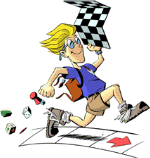 4 days ago
10
4 days ago
10
/pic8920149.png)
/pic9077865.png)
/pic9077866.png)
/pic9108954.jpg)
/pic9108955.jpg)
/pic9077861.png)
/pic9077860.jpg)
/pic9108951.jpg)
/pic8922562.jpg)
/pic9077863.png)

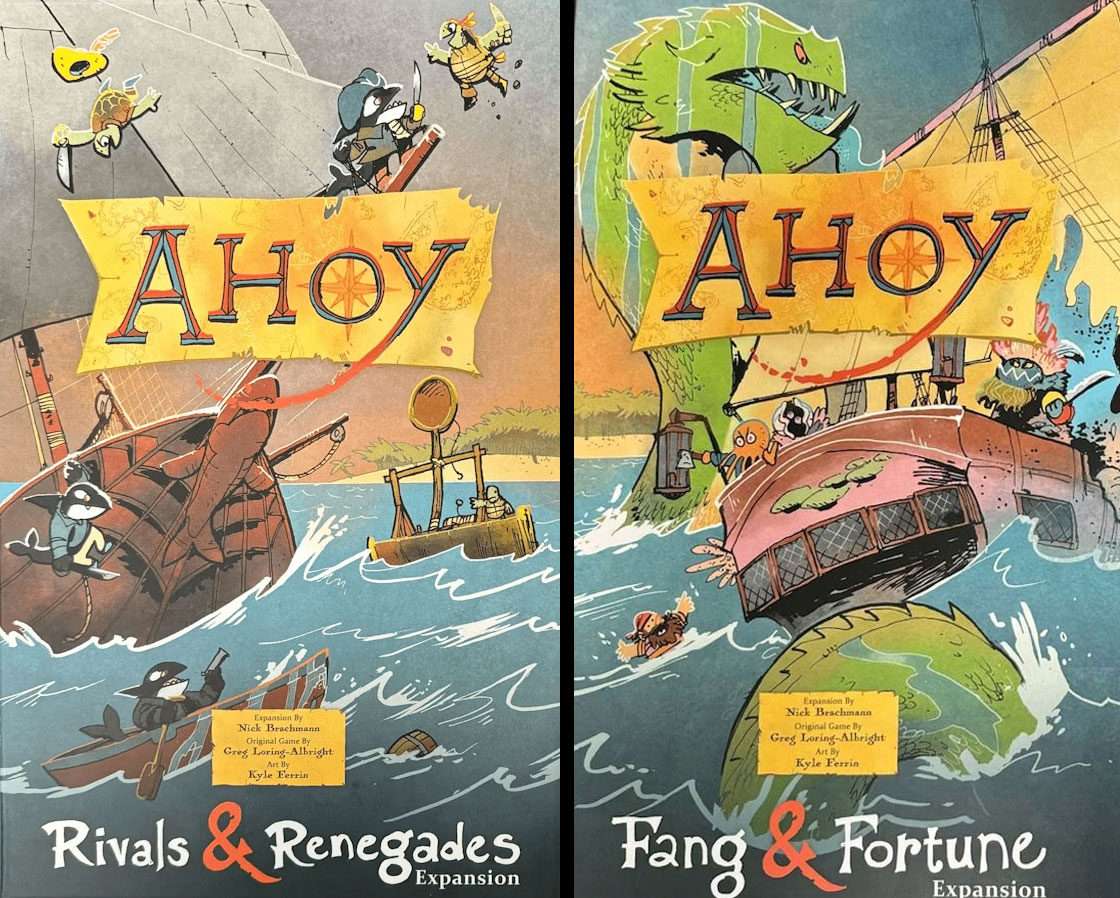
/pic8764108.jpg)
/pic8871909.jpg)




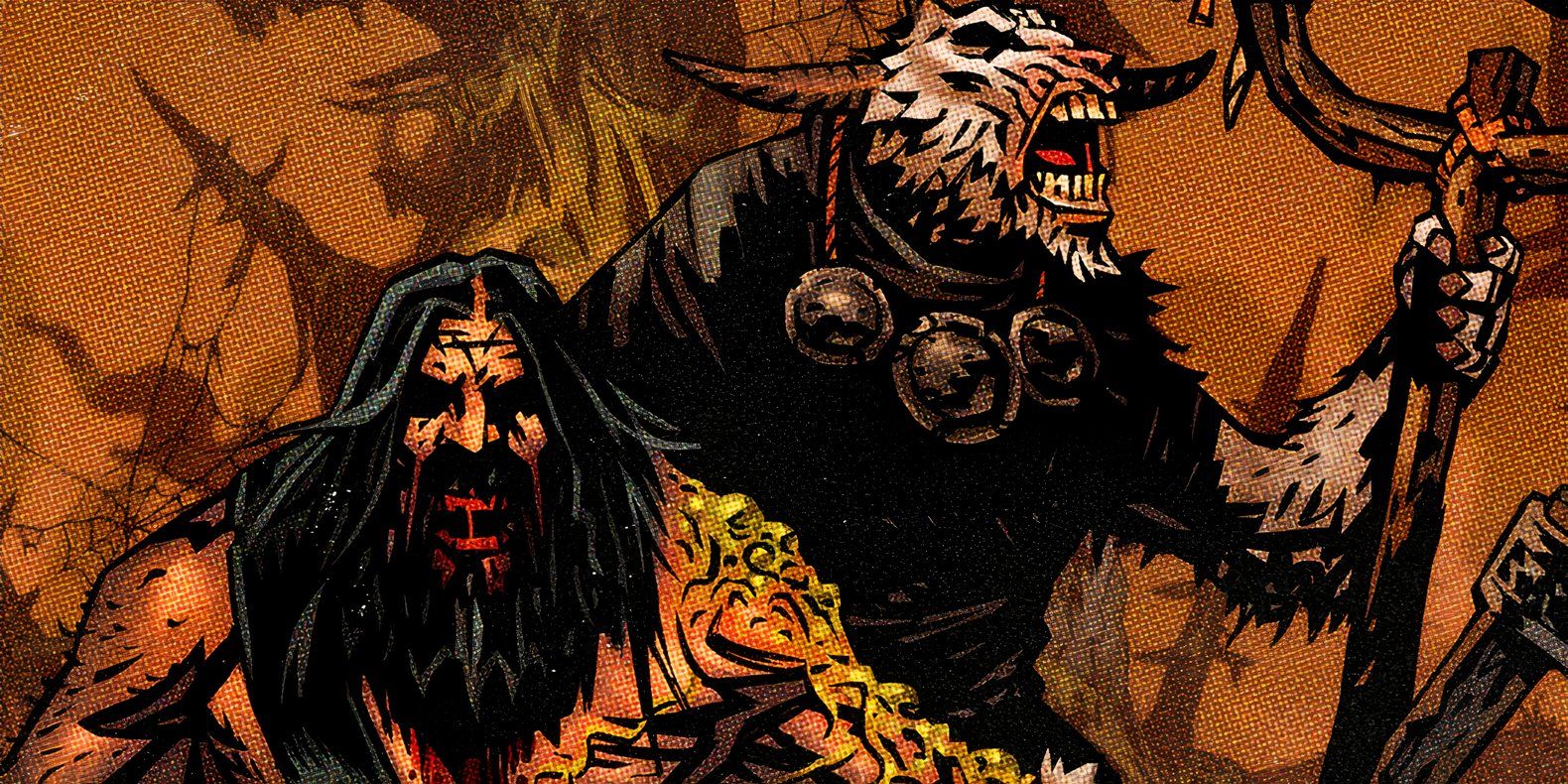

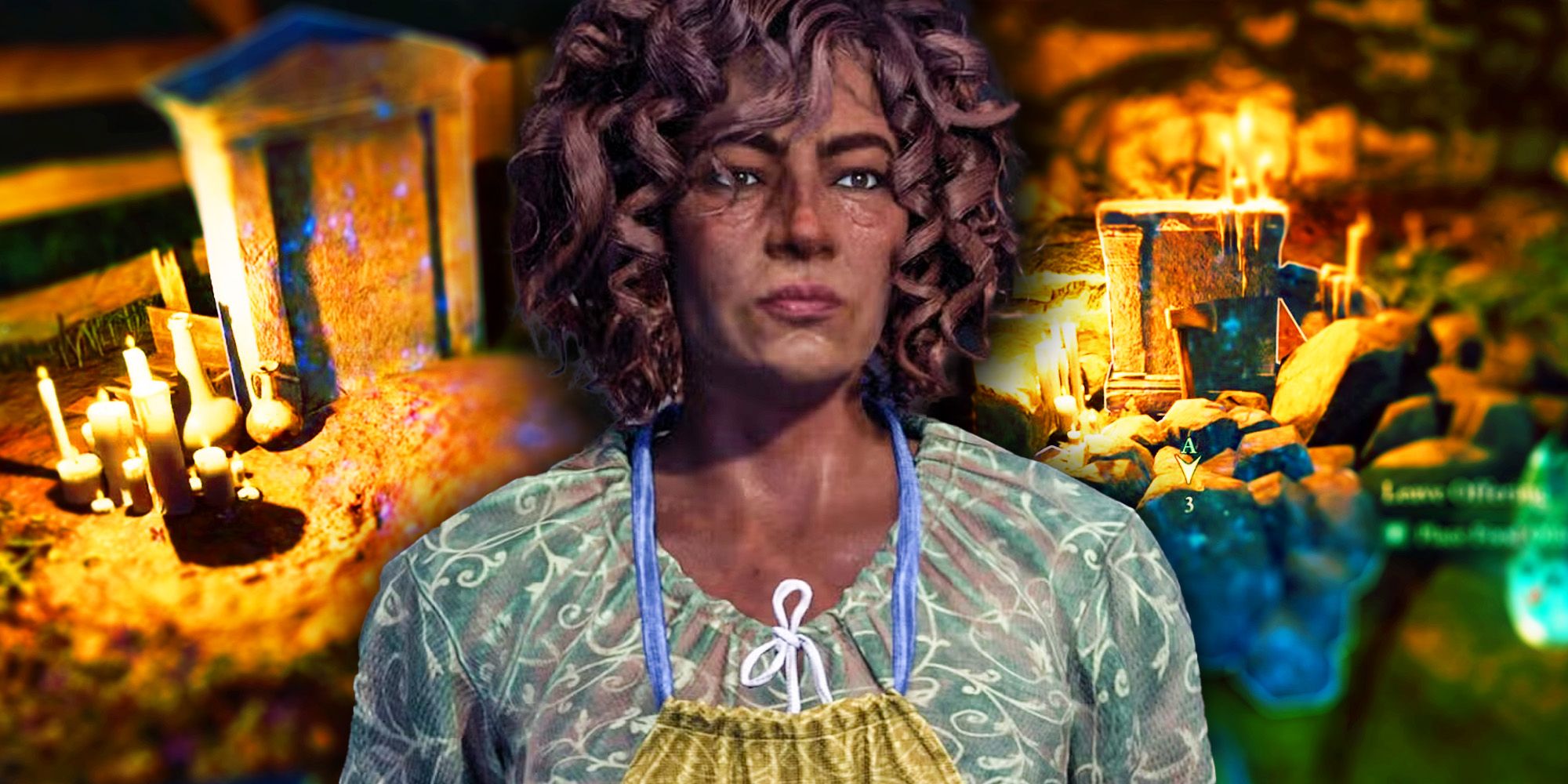



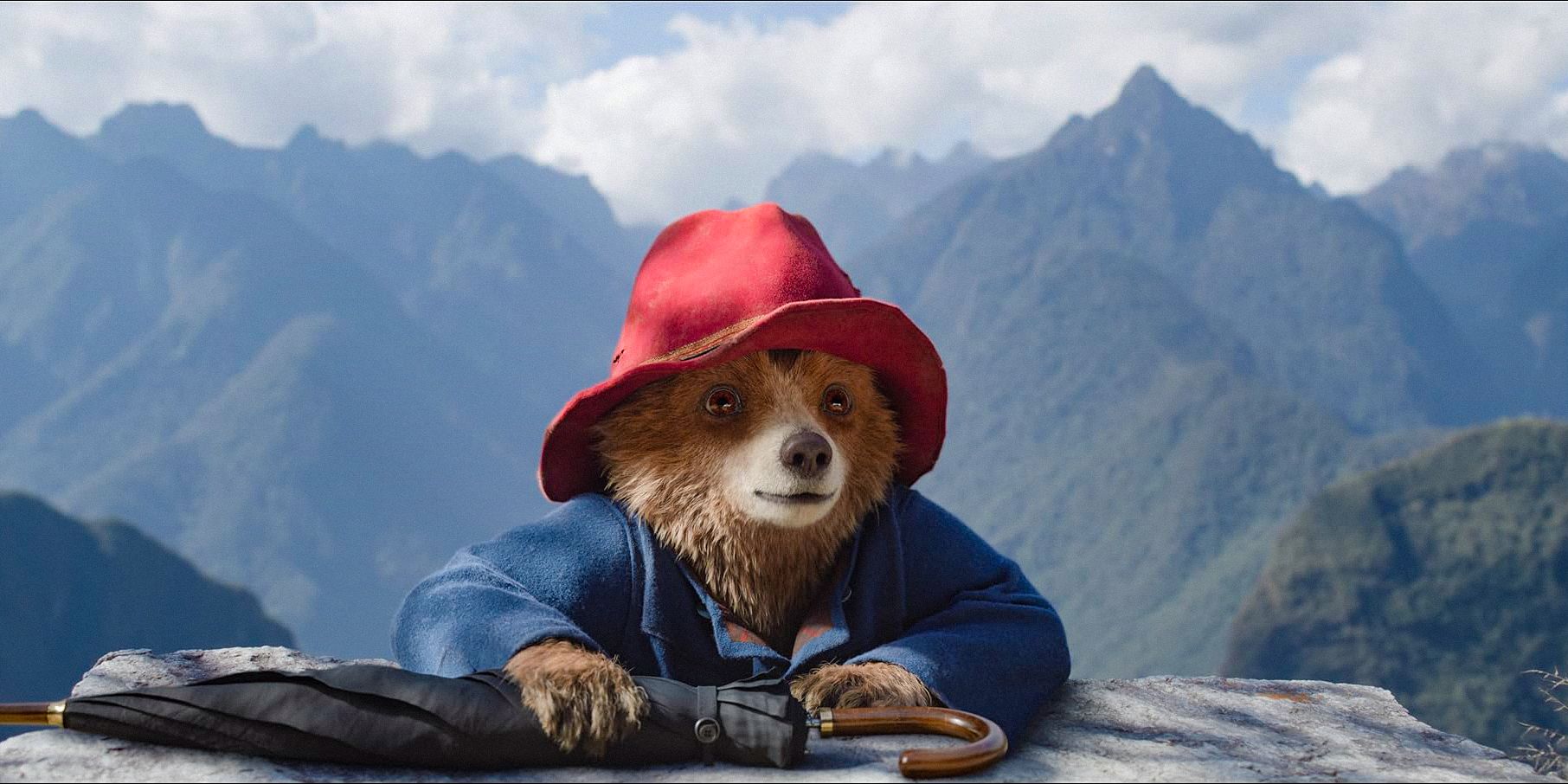


 English (US) ·
English (US) ·  French (CA) ·
French (CA) ·